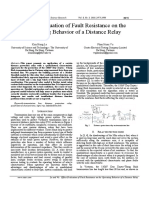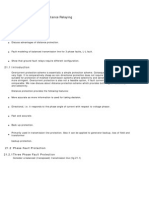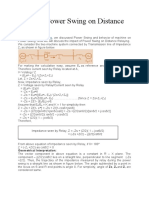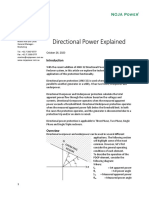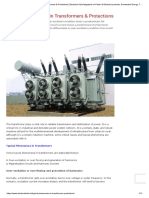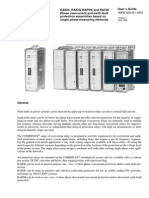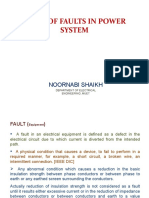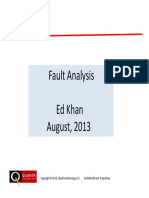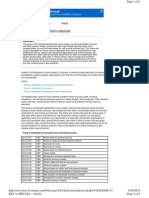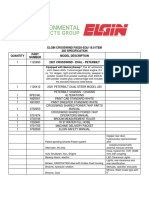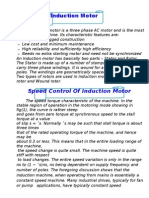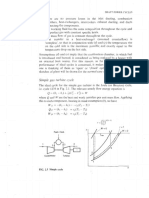0% found this document useful (0 votes)
265 views25 pagesFault Analysis
This document discusses faults in electric power systems. It begins with an introduction that defines fault analysis and the different types of faults including symmetrical or balanced faults and unsymmetrical or unbalanced faults. It then discusses symmetrical three-phase faults in more detail, explaining that they involve all three phases being short circuited simultaneously. The document also covers subtransient and transient reactances and their importance in determining circuit breaker ratings and protective relay settings. It defines percentage resistance and percentage reactance values for system components.
Uploaded by
JamesCopyright
© © All Rights Reserved
We take content rights seriously. If you suspect this is your content, claim it here.
Available Formats
Download as PDF, TXT or read online on Scribd
0% found this document useful (0 votes)
265 views25 pagesFault Analysis
This document discusses faults in electric power systems. It begins with an introduction that defines fault analysis and the different types of faults including symmetrical or balanced faults and unsymmetrical or unbalanced faults. It then discusses symmetrical three-phase faults in more detail, explaining that they involve all three phases being short circuited simultaneously. The document also covers subtransient and transient reactances and their importance in determining circuit breaker ratings and protective relay settings. It defines percentage resistance and percentage reactance values for system components.
Uploaded by
JamesCopyright
© © All Rights Reserved
We take content rights seriously. If you suspect this is your content, claim it here.
Available Formats
Download as PDF, TXT or read online on Scribd
/ 25







